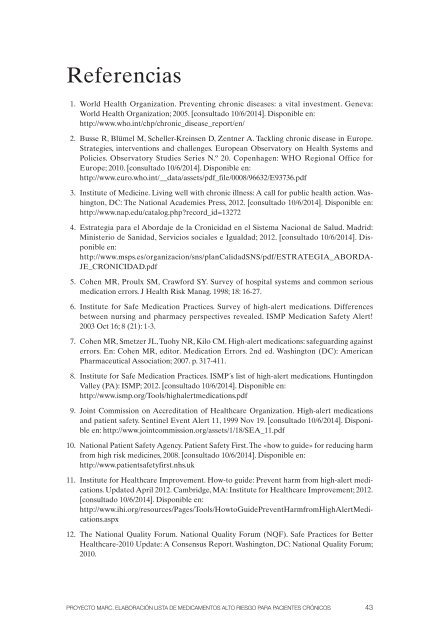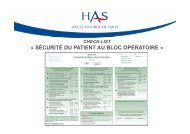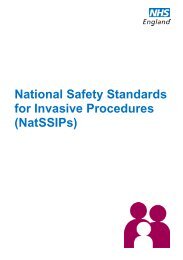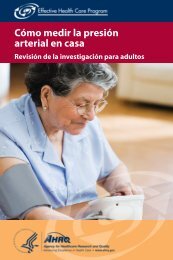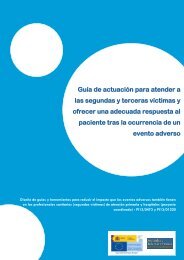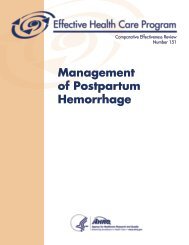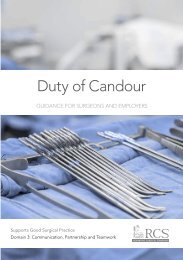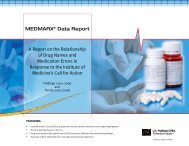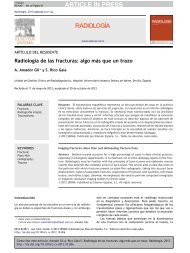Proyecto MARC
Proyecto_marc_nipo
Proyecto_marc_nipo
Create successful ePaper yourself
Turn your PDF publications into a flip-book with our unique Google optimized e-Paper software.
Referencias<br />
1. World Health Organization. Preventing chronic diseases: a vital investment. Geneva:<br />
World Health Organization; 2005. [consultado 10/6/2014]. Disponible en:<br />
http://www.who.int/chp/chronic_disease_report/en/<br />
2. Busse R, Blümel M, Scheller-Kreinsen D, Zentner A. Tackling chronic disease in Europe.<br />
Strategies, interventions and challenges. European Observatory on Health Systems and<br />
Policies. Observatory Studies Series N.º 20. Copenhagen: WHO Regional Office for<br />
Europe; 2010. [consultado 10/6/2014]. Disponible en:<br />
http://www.euro.who.int/__data/assets/pdf_file/0008/96632/E93736.pdf<br />
3. Institute of Medicine. Living well with chronic illness: A call for public health action. Washington,<br />
DC: The National Academies Press, 2012. [consultado 10/6/2014]. Disponible en:<br />
http://www.nap.edu/catalog.php?record_id=13272<br />
4. Estrategia para el Abordaje de la Cronicidad en el Sistema Nacional de Salud. Madrid:<br />
Ministerio de Sanidad, Servicios sociales e Igualdad; 2012. [consultado 10/6/2014]. Disponible<br />
en:<br />
http://www.msps.es/organizacion/sns/planCalidadSNS/pdf/ESTRATEGIA_ABORDA<br />
JE_CRONICIDAD.pdf<br />
5. Cohen MR, Proulx SM, Crawford SY. Survey of hospital systems and common serious<br />
medication errors. J Health Risk Manag. 1998; 18: 16-27.<br />
6. Institute for Safe Medication Practices. Survey of high-alert medications. Differences<br />
between nursing and pharmacy perspectives revealed. ISMP Medication Safety Alert!<br />
2003 Oct 16; 8 (21): 1-3.<br />
7. Cohen MR, Smetzer JL, Tuohy NR, Kilo CM. High-alert medications: safeguarding against<br />
errors. En: Cohen MR, editor. Medication Errors. 2nd ed. Washington (DC): American<br />
Pharmaceutical Association; 2007. p. 317-411.<br />
8. Institute for Safe Medication Practices. ISMP´s list of high-alert medications. Huntingdon<br />
Valley (PA): ISMP; 2012. [consultado 10/6/2014]. Disponible en:<br />
http://www.ismp.org/Tools/highalertmedications.pdf<br />
9. Joint Commission on Accreditation of Healthcare Organization. High-alert medications<br />
and patient safety. Sentinel Event Alert 11, 1999 Nov 19. [consultado 10/6/2014]. Disponible<br />
en: http://www.jointcommission.org/assets/1/18/SEA_11.pdf<br />
10. National Patient Safety Agency. Patient Safety First.The «how to guide» for reducing harm<br />
from high risk medicines, 2008. [consultado 10/6/2014]. Disponible en:<br />
http://www.patientsafetyfirst.nhs.uk<br />
11. Institute for Healthcare Improvement. How-to guide: Prevent harm from high-alert medications.<br />
Updated April 2012. Cambridge, MA: Institute for Healthcare Improvement; 2012.<br />
[consultado 10/6/2014]. Disponible en:<br />
http://www.ihi.org/resources/Pages/Tools/HowtoGuidePreventHarmfromHighAlertMedications.aspx<br />
12. The National Quality Forum. National Quality Forum (NQF). Safe Practices for Better<br />
Healthcare-2010 Update: A Consensus Report. Washington, DC: National Quality Forum;<br />
2010.<br />
PROYECTO <strong>MARC</strong>. ELABORACIÓN LISTA DE MEDICAMENTOS ALTO RIESGO PARA PACIENTES CRÓNICOS 43


